Mode of display: Konstantin Grcic’s ’Abbildungen’ at Kunsthalle Bielefeld
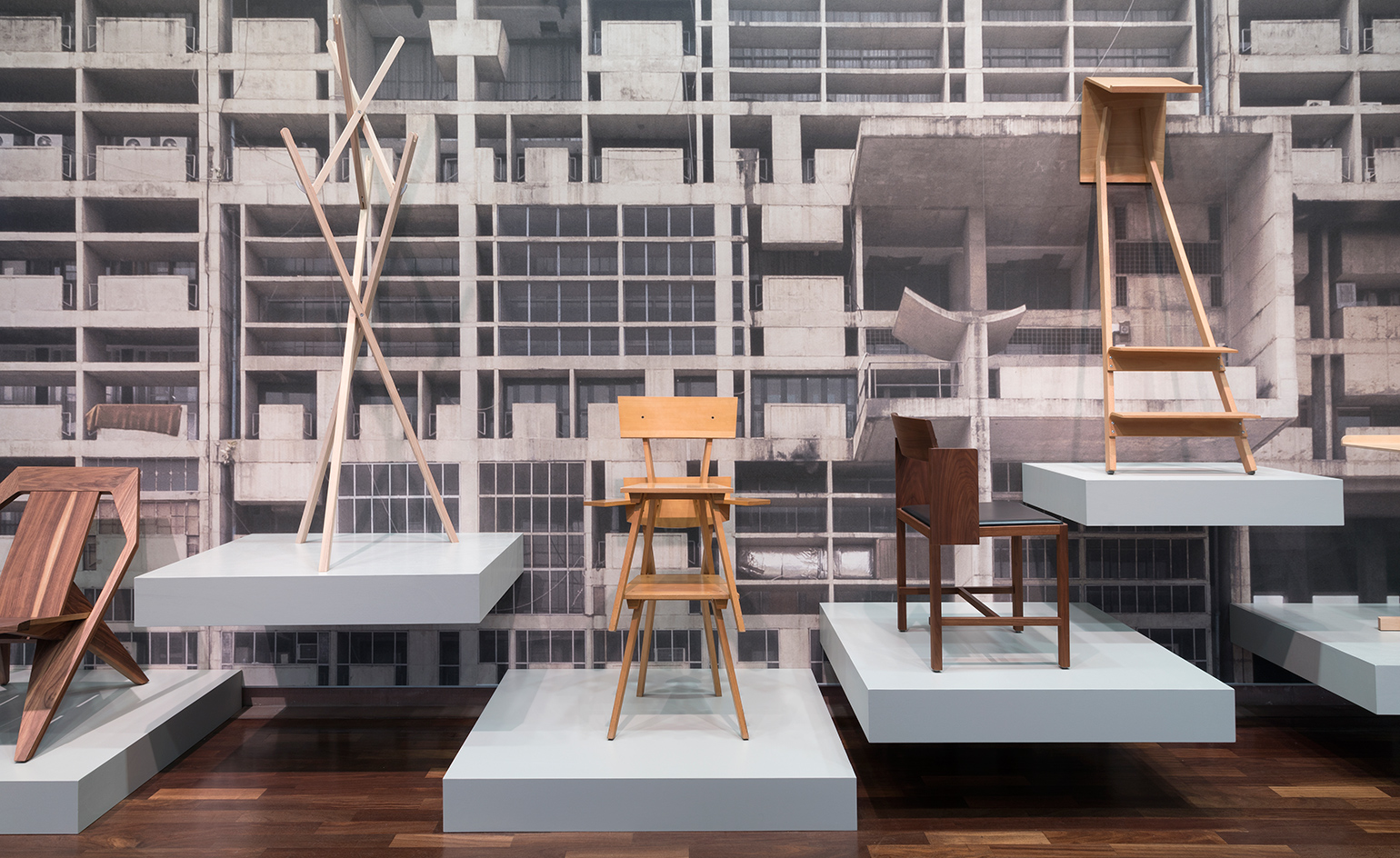
Germany's Kunsthalle Bielefeld is now hosting 'Abbildungen', the latest exhibition of work by Konstantin Grcic, a notable Wallpaper* affiliate and one of Europe’s most influential industrial designers. Herein, Grcic is presenting a selection of his 'design-oeuvre' via both simple and complex bases, pedestals, shelves and display cases, especially designed and fabricated for the occasion.
In 1991, Grcic conceived a robust wooden plinth for the exquisite sculpture Bird, by Constantin Brancusi, after a request by its private owner. Fifteen years later, upon an invitation by the adventurous director of the Kunsthalle Bielefeld, Friedrich Meschede, the designer presents Rodin's La douleur on a sockel redolent of an industrial palette.
'The Brancusi plinth is my earliest work in this exhibition,' explains Grcic, 'the plinth for Rodin my latest. So, both pedestals form a frame for the exhibited works. The sockel is an absolutely classical form of presentation. That is what I’m interested in. A sockel is creating space for figures and greatly challenges us to look at things in a new way.’ Outgoing Tate Modern director Chris Dercon rightly stated during his opening speech that, 'for Konstantin Grcic, furniture is always a plinth'.
Yet Grcic was also inspired by Philip Johnson’s architecture for the Kunsthalle Bielefeld, privately commissioned by the local industrialist Rudolph August Oetker in 1968. Indeed, aficionados of architecture are aware that Johnson conceived his Kunsthalle literally as a plinth for art. Grcic’s displays carefully follow Johnson’s proportions of the rooms, his curved walls and the views of nature through the windows.
This month also, Galerie Kreo in Paris will be presenting Grcic’s new 'Hieronymus' furniture series, including a combined table and bench, inspired by Antonello da Messina's crucifixion painting of 1475, housed in the collection of the National Gallery in London.
'The five fixtures,' explains art historian Donatien Grau, 'are all like small plinths, almost a stage, seemingly separating us from the world.’
Plinths are an essential artworld consideration and design focus, at least according to Dercon and Meschede. Museum curators, it seems, should learn from Grcic, Jasper Morrison and other designers in how to display art in ways simultaneously stimulating and precise.
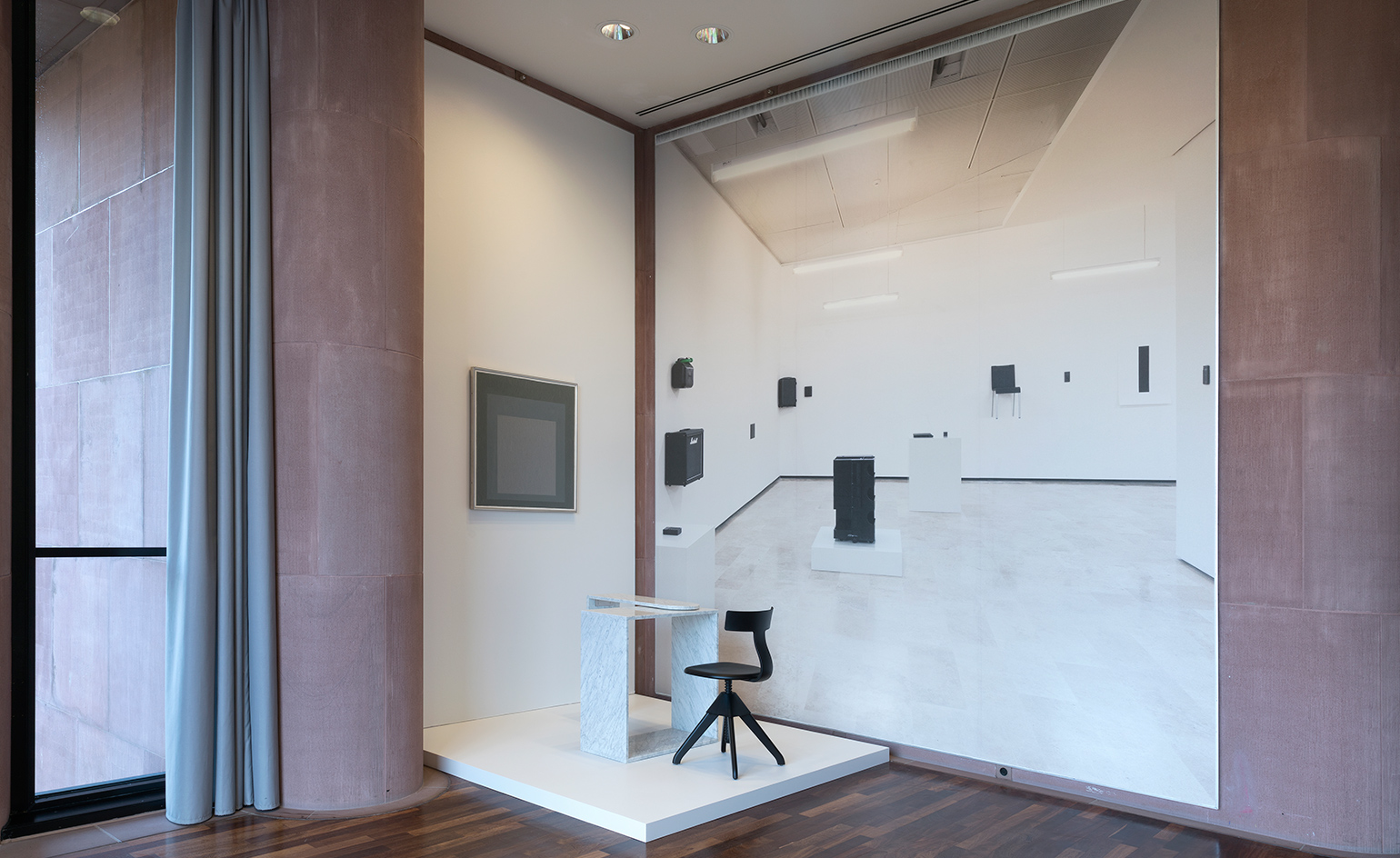
Grcic is presenting a selection of his 'design-oeuvre' via both simple and complex bases, pedestals, shelves and display cases, especially designed and fabricated for the occasion. Pictured from left: 'Keyboard', for Marsotto Edizioni, 2014; 'Tuffy–The Wild Bunch', for Magis, 2014. Photography: Wolfgang Günzel. Courtesy Wolfgang Günzel and Kunsthalle Bielefeld
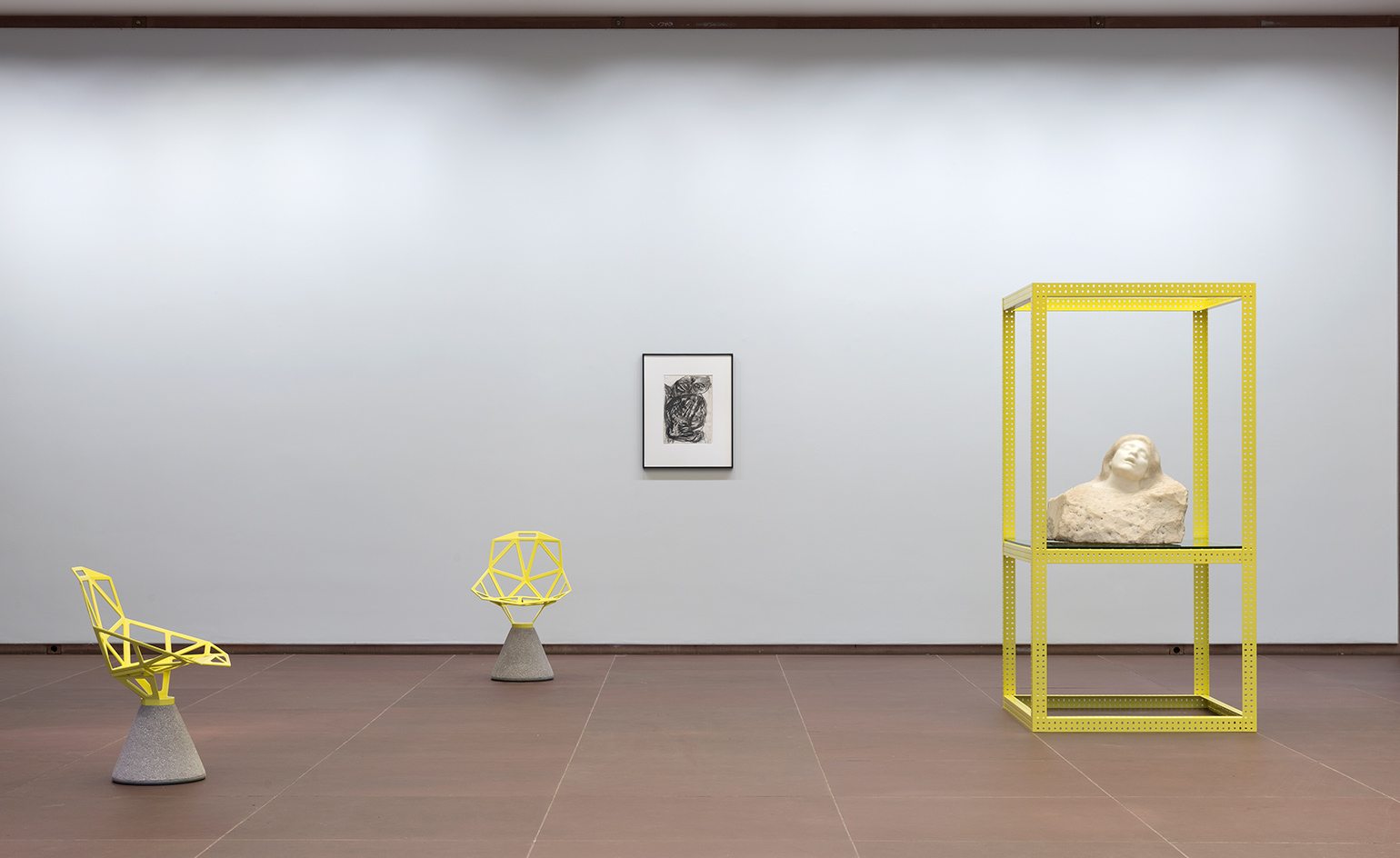
Fifteen years after creating a plinth for Bird, by Constantin Brancusi, Grcic presents Rodin's La douleur on a sockel redolent of an industrial palette. Pictured from left: 'Chair_One', for Magis, 2004; sockel for La douleur, by Auguste Rodin, 1904 (for KGID, 2016). Photography: Wolfgang Günzel. Courtesy Wolfgang Günzel and Kunsthalle Bielefeld
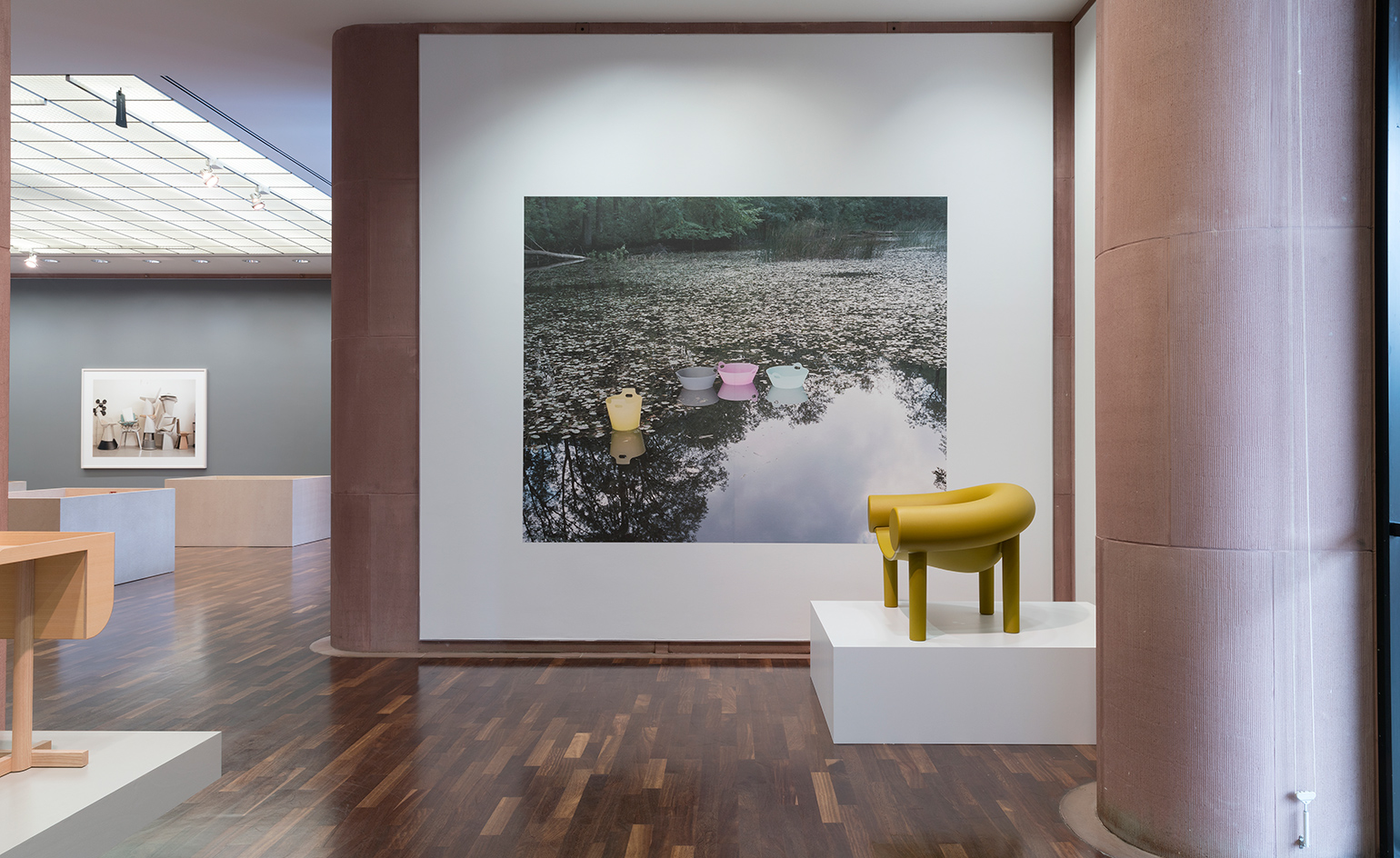
Says Grcic, 'The sockel is an absolutely classical form of presentation... creating space for figures and greatly challenges us to look at things in a new way.’ Pictured: 'Sam Son', for Magis, 2015. Photography: Wolfgang Günzel. Courtesy Wolfgang Günzel and Kunsthalle Bielefeld
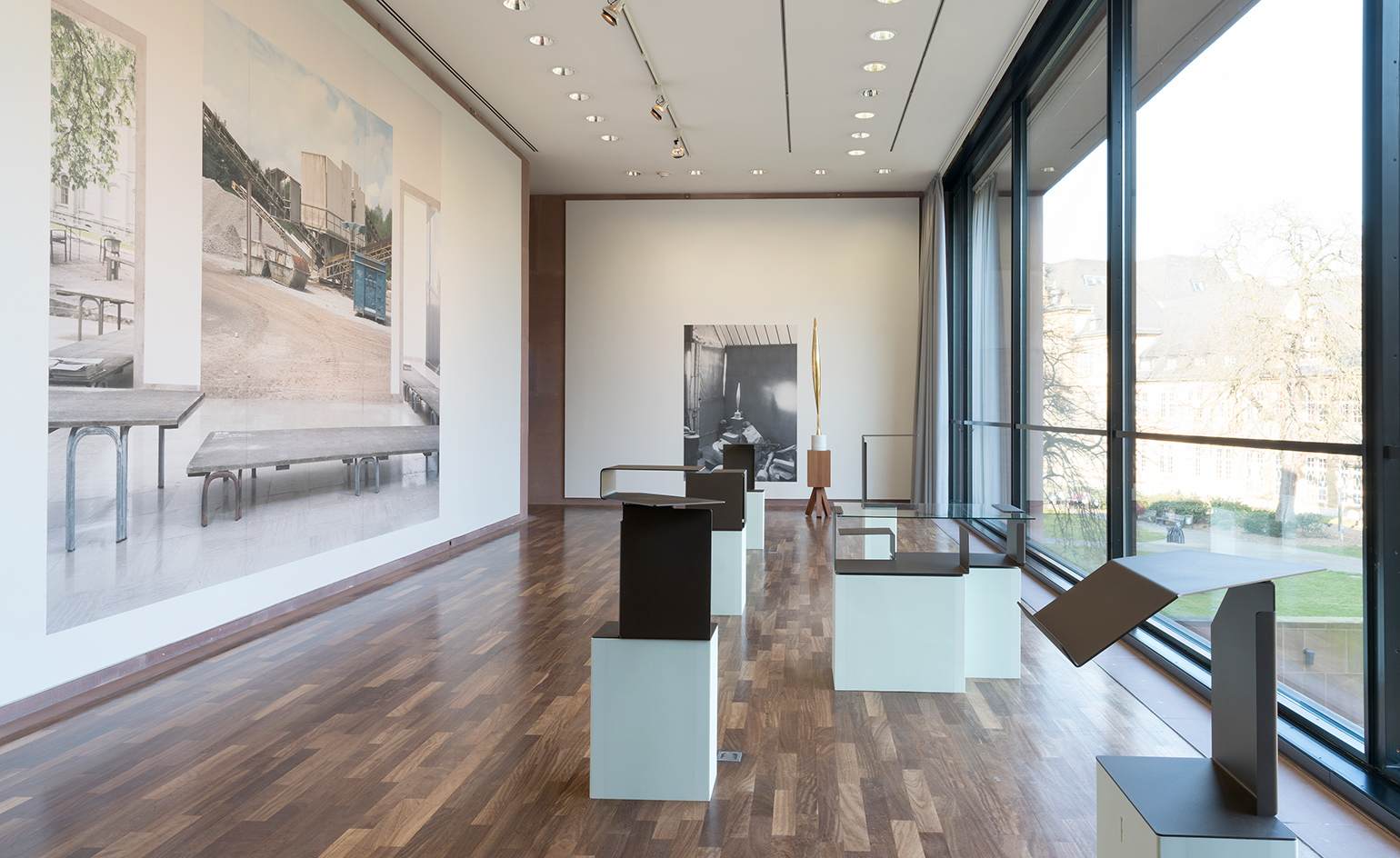
Grcic was also inspired by Philip Johnson’s architecture for the Kunsthalle Bielefeld, privately commissioned by the local industrialist Rudolph August Oetker in 1968. Pictured: 'Diana A–F', for ClassiCon, 2002. Photography: Wolfgang Günzel. Courtesy Wolfgang Günzel and Kunsthalle Bielefeld
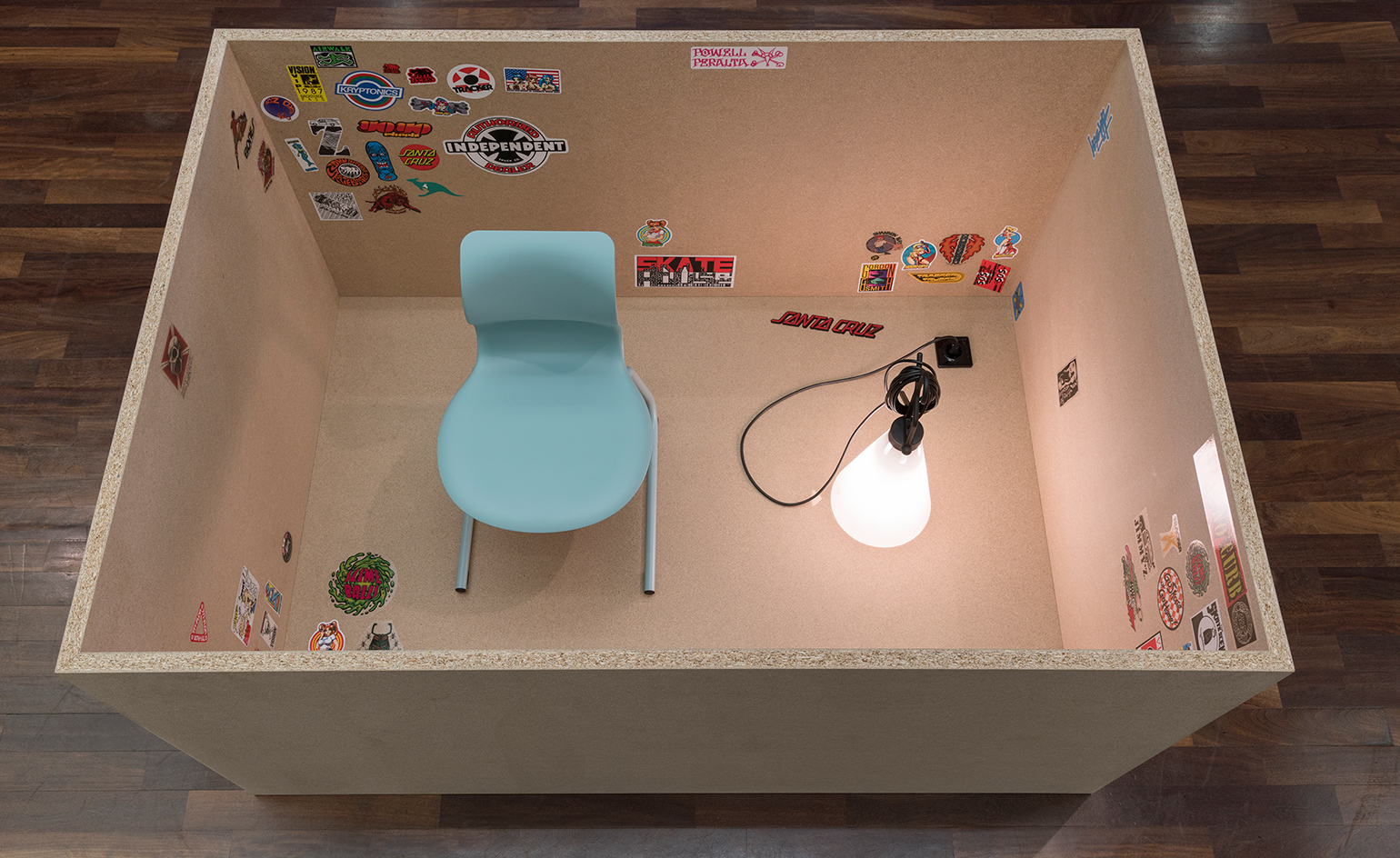
Pictured from left: 'PRO', for Flötotto, 2012; 'Mayday', for Flos, 1999. Photography: Wolfgang Günzel. Courtesy Wolfgang Günzel and Kunsthalle Bielefeld
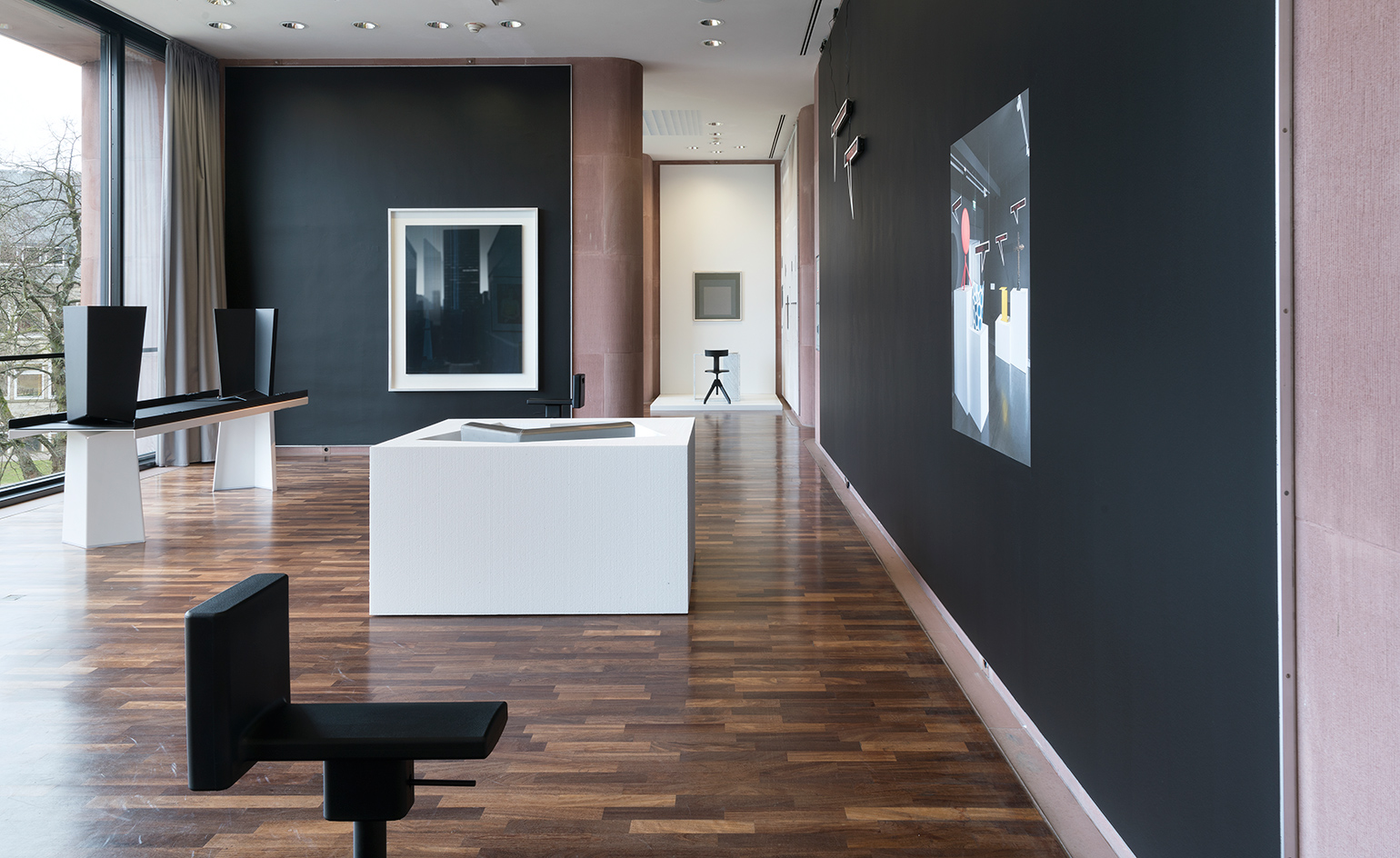
Grcic’s displays carefully follow Johnson’s proportions of the rooms, his curved walls and the views of nature through the windows. Pictured from left: 'Chaos', for ClassiCon, 2001; 'Pallas', for ClassiCon, 2003. Photography: Wolfgang Günzel. Courtesy Wolfgang Günzel and Kunsthalle Bielefeld
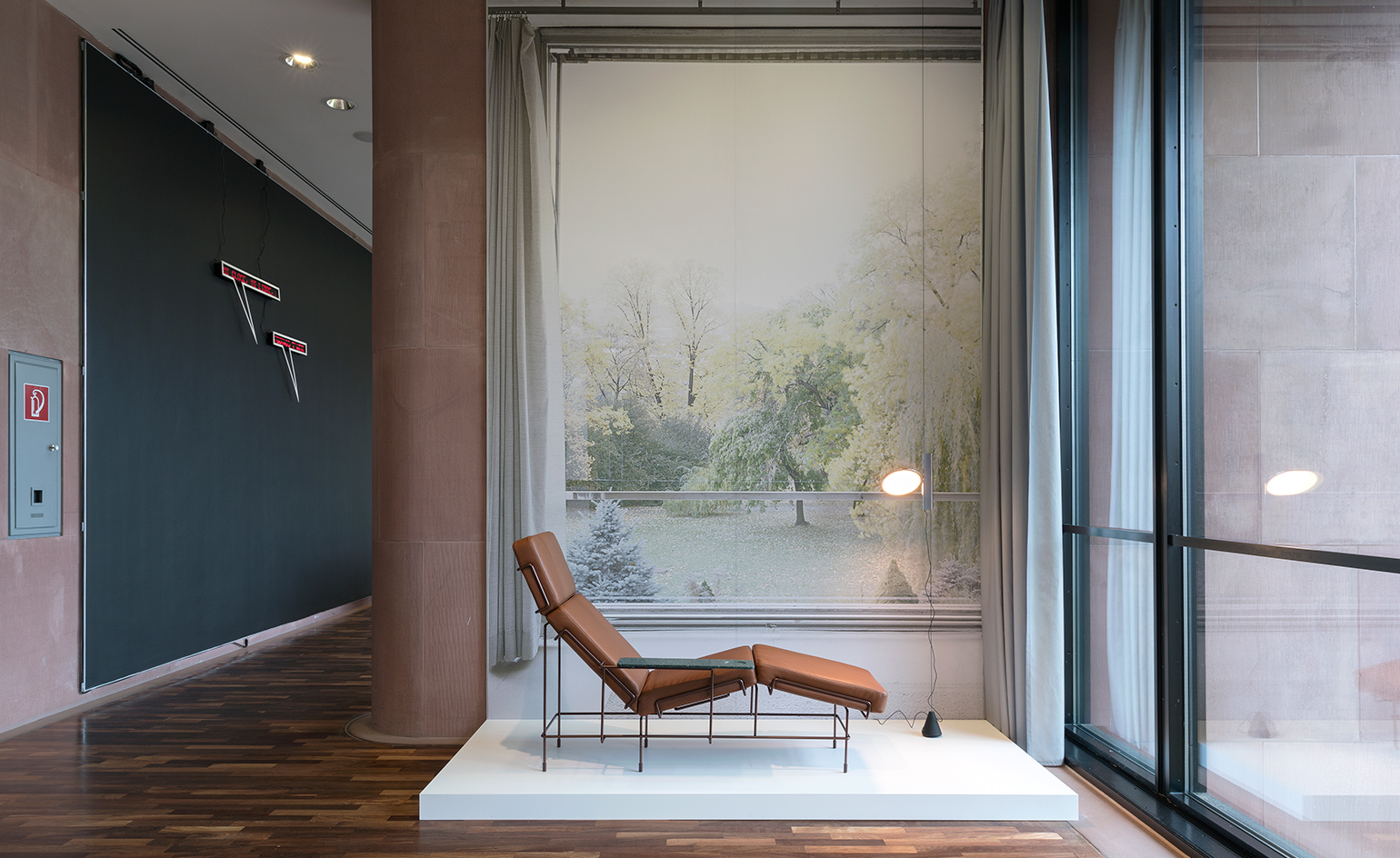
Pictured from left: 'Traffic' chaise longue, for Magis, 2013; 'OK' pendant, for Flos, 2013. Photography: Wolfgang Günzel. Courtesy Wolfgang Günzel and Kunsthalle Bielefeld
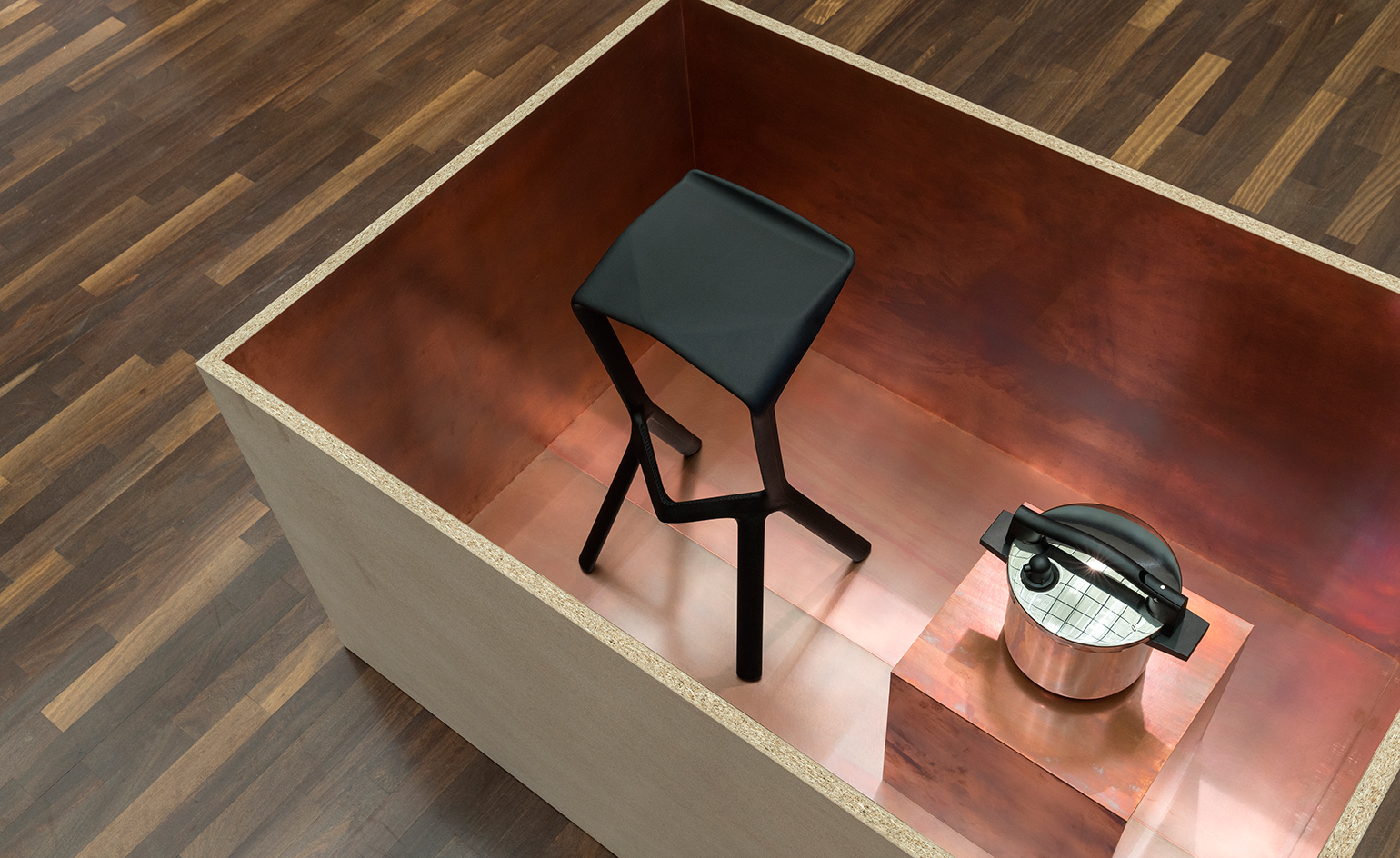
Pictured from left: 'Miura', for Plank, 2005; 'Subito', for Serafino Zani, 2010. Photography: Wolfgang Günzel. Courtesy Wolfgang Günzel and Kunsthalle Bielefeld
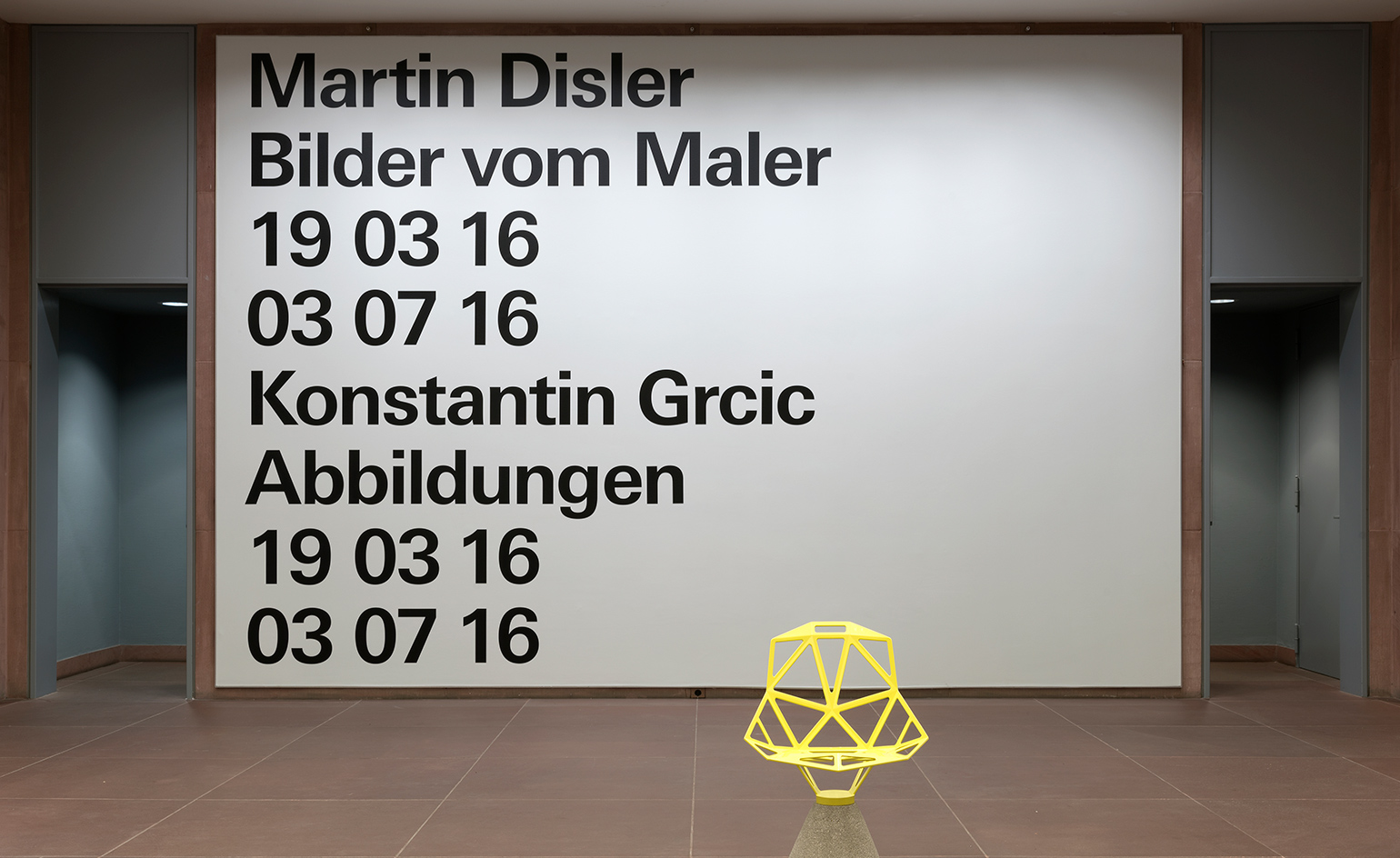
Outgoing Tate Modern director Chris Dercon stated during his opening speech that, 'for Konstantin Grcic, furniture is always a plinth'. Pictured: 'Chair_One', for Magis, 2004. Photography: Wolfgang Günzel. Courtesy Wolfgang Günzel and Kunsthalle Bielefeld
INFORMATION
'Abbildungen' is on view until 3 July. For more information, visit the Kunsthalle Bielefeld's website
ADDRESS
Kunsthalle Bielefeld
Artur charging Beck-Straße 5
D-33602 Bielefeld
Receive our daily digest of inspiration, escapism and design stories from around the world direct to your inbox.
-
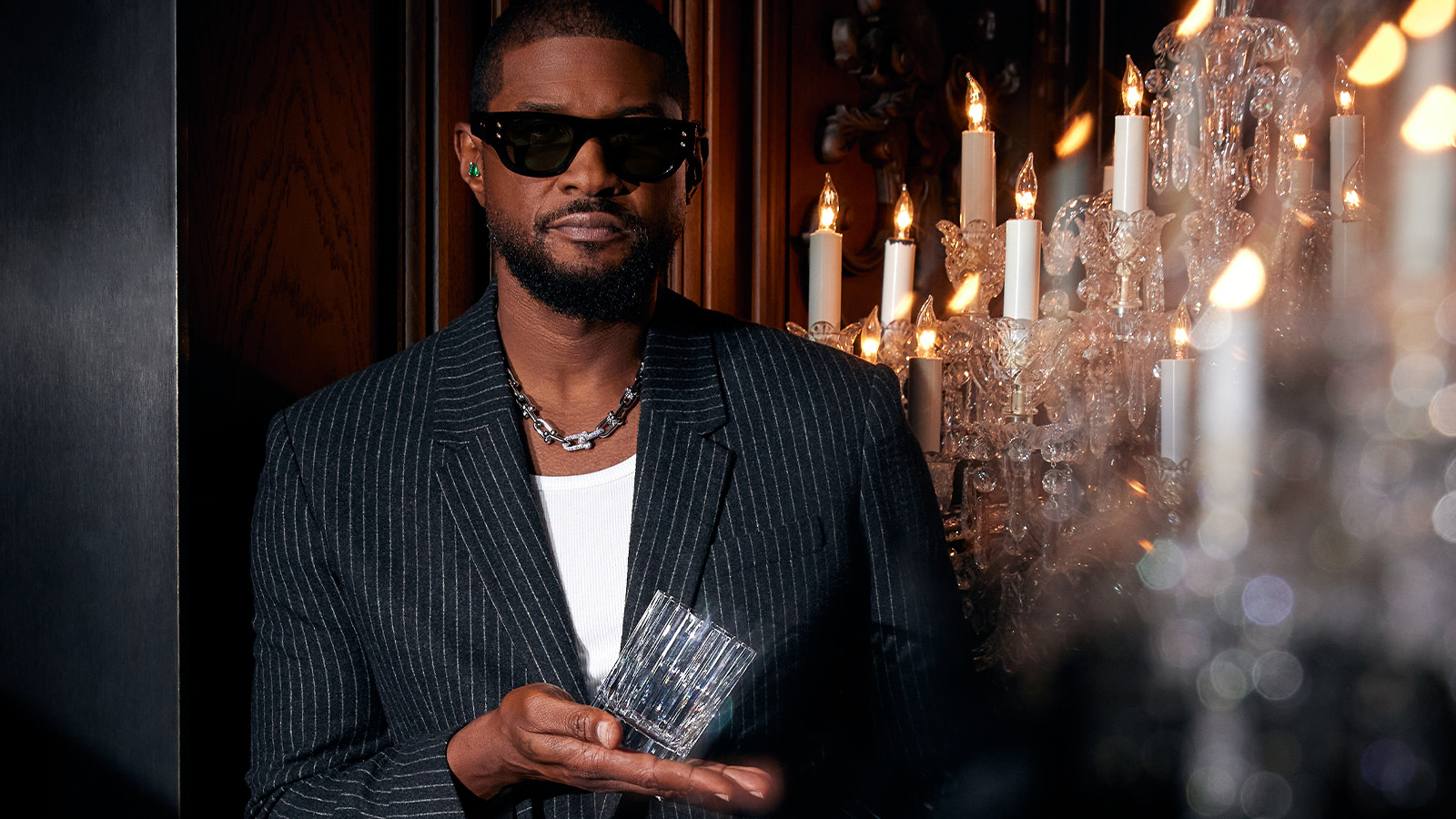 Usher opens up about breakfast playlists, banana pudding and why a glass tumbler is always on his rider
Usher opens up about breakfast playlists, banana pudding and why a glass tumbler is always on his riderOn the heels of a collaboration with Baccarat, the Grammy-winning singer-songwriter breaks down his entertaining tips. 'Hosting is an expression of how you feel about your guests and also who you are.'
-
 The beauty trends that will define 2026, from ultra-niche fragrances to anti-ageing dental care
The beauty trends that will define 2026, from ultra-niche fragrances to anti-ageing dental careAs we enter the new year, we speak to experts in fragrance, skincare, aesthetics, wellness and more about the trends that will be shaping the way we look
-
 The most stylish hotel debuts of 2025
The most stylish hotel debuts of 2025A Wallpaper* edit of this year’s defining hotel openings. Design-led stays to shape your next escape
-
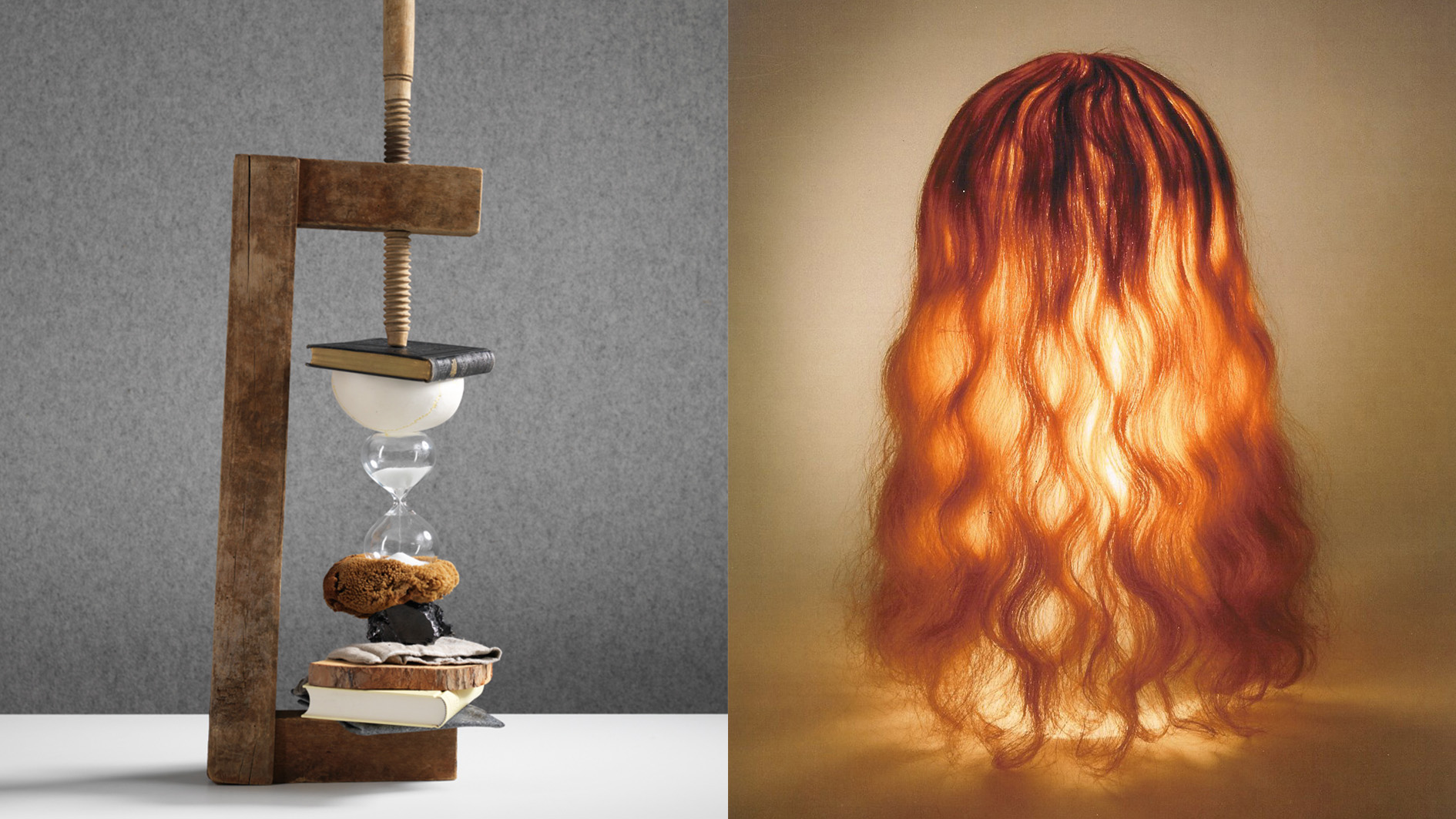 Rolf Sachs’ largest exhibition to date, ‘Be-rühren’, is a playful study of touch
Rolf Sachs’ largest exhibition to date, ‘Be-rühren’, is a playful study of touchA collection of over 150 of Rolf Sachs’ works speaks to his preoccupation with transforming everyday objects to create art that is sensory – both emotionally and physically
-
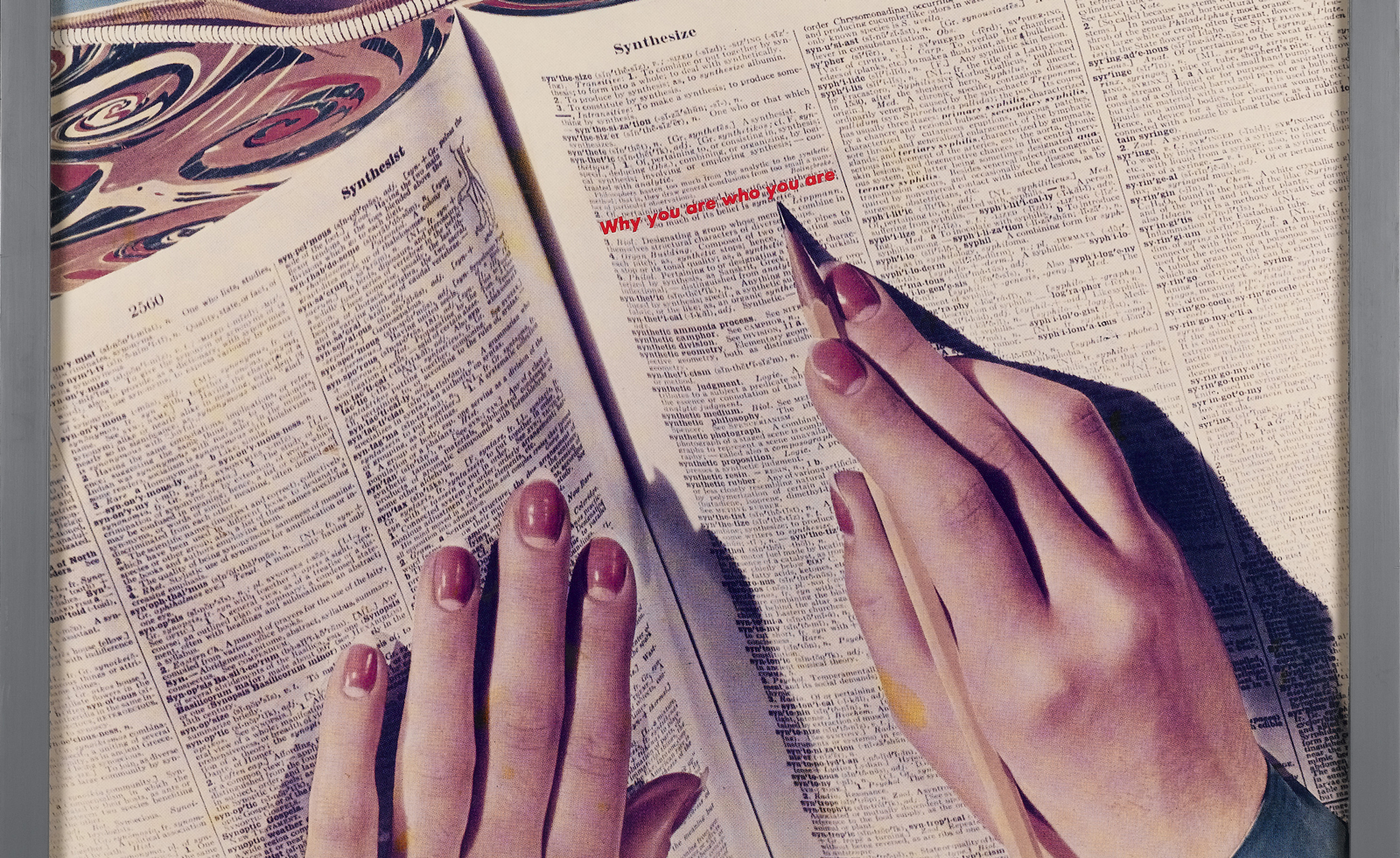 Take a rare chance to see the astonishing Ringier Collection of artworks in Düsseldorf
Take a rare chance to see the astonishing Ringier Collection of artworks in DüsseldorfFrom Barbara Kruger to Sylvie Fleury: publishing mogul Michael Ringier opens his private art collection to the public, sharing 500 works, and tells us what makes great art
-
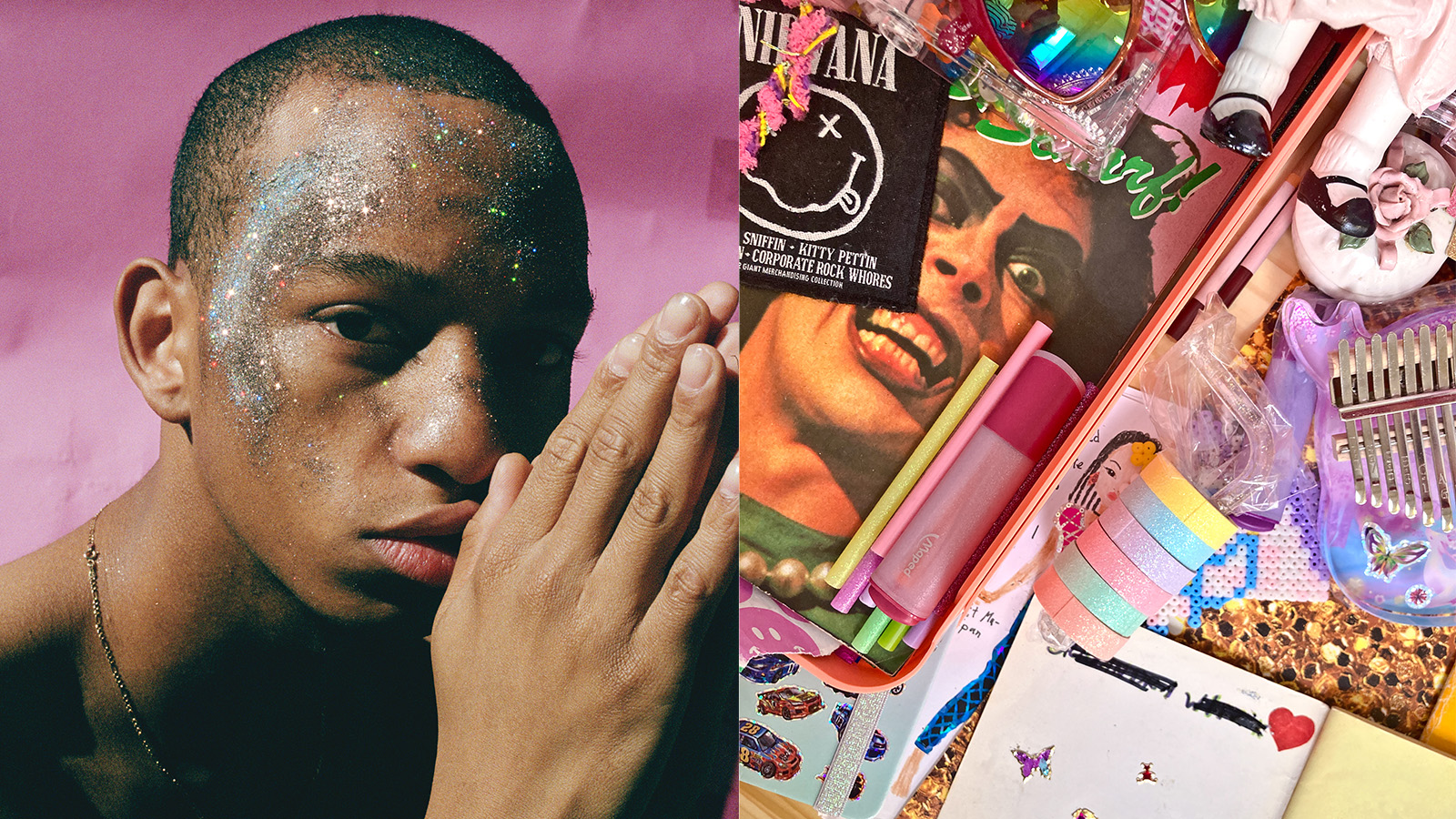 MK&G’s ‘Glitter’ exhibition: a brilliant world-first tribute to sparkle and spectacle
MK&G’s ‘Glitter’ exhibition: a brilliant world-first tribute to sparkle and spectacleMK&G’s latest exhibition is a vibrant flurry of sparkles and glitter with a rippling Y2K undercurrent, proving that 'Glitter is so much more than you think it is'
-
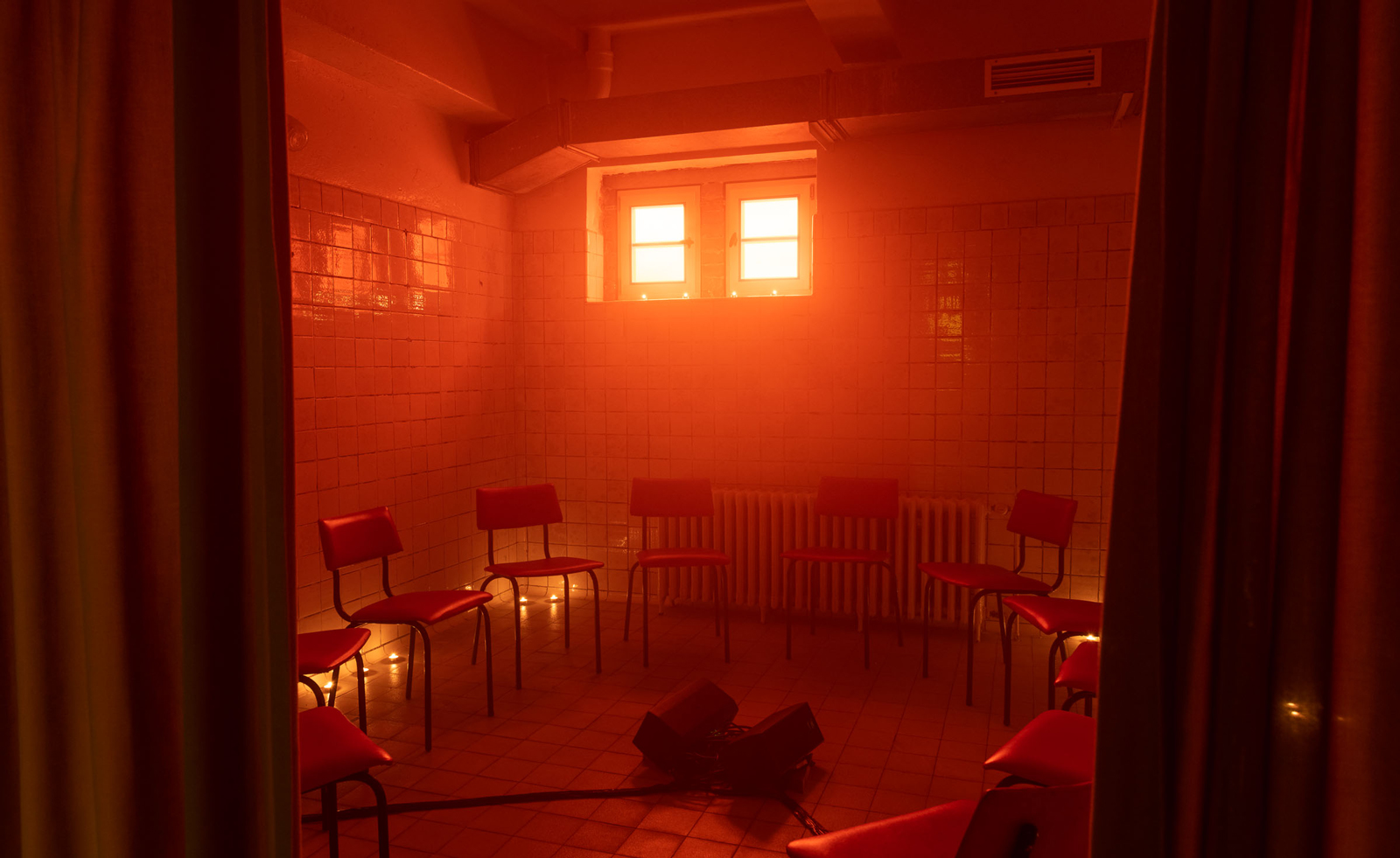 Inside E-WERK Luckenwalde’s ‘Tell Them I Said No’, an art festival at Berlin's former power station
Inside E-WERK Luckenwalde’s ‘Tell Them I Said No’, an art festival at Berlin's former power stationE-WERK Luckenwalde’s two-day art festival was an eclectic mix of performance, workshops, and discussion. Will Jennings reports
-
 Alexandra Pirici’s action performance in Berlin is playfully abstract with a desire to address urgent political questions
Alexandra Pirici’s action performance in Berlin is playfully abstract with a desire to address urgent political questionsArtist and choreographer Alexandra Pirici transforms the historic hall of Berlin’s Hamburger Bahnhof into a live action performance and site-specific installation
-
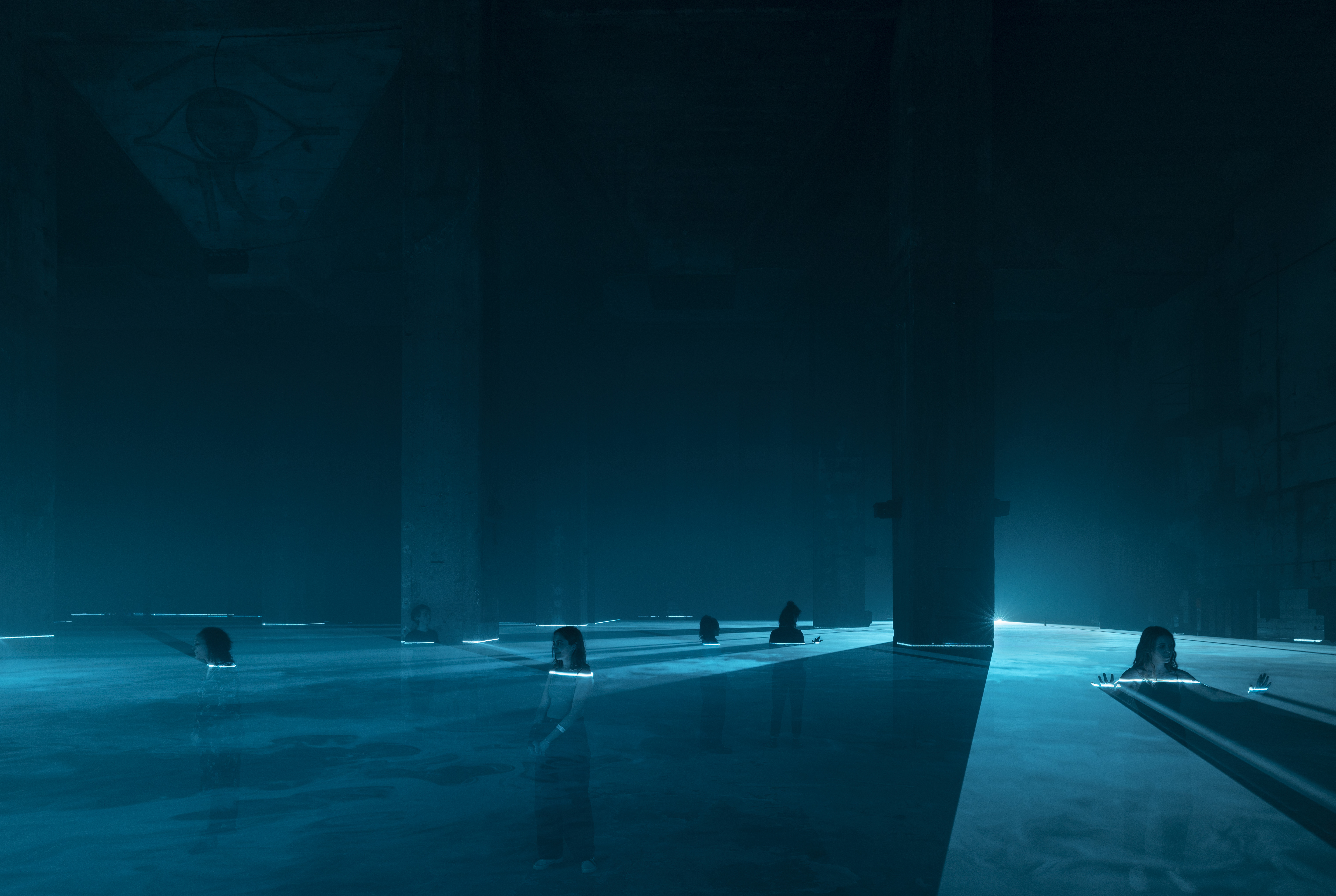 Artist Ian Cheng explores the technological and aesthetic potential of AI
Artist Ian Cheng explores the technological and aesthetic potential of AIIn Berlin’s cavernous Halle am Berghain, New York-based artist Ian Cheng plunges viewers into an immersive world of AI and existential anime in ‘Life After BOB’
-
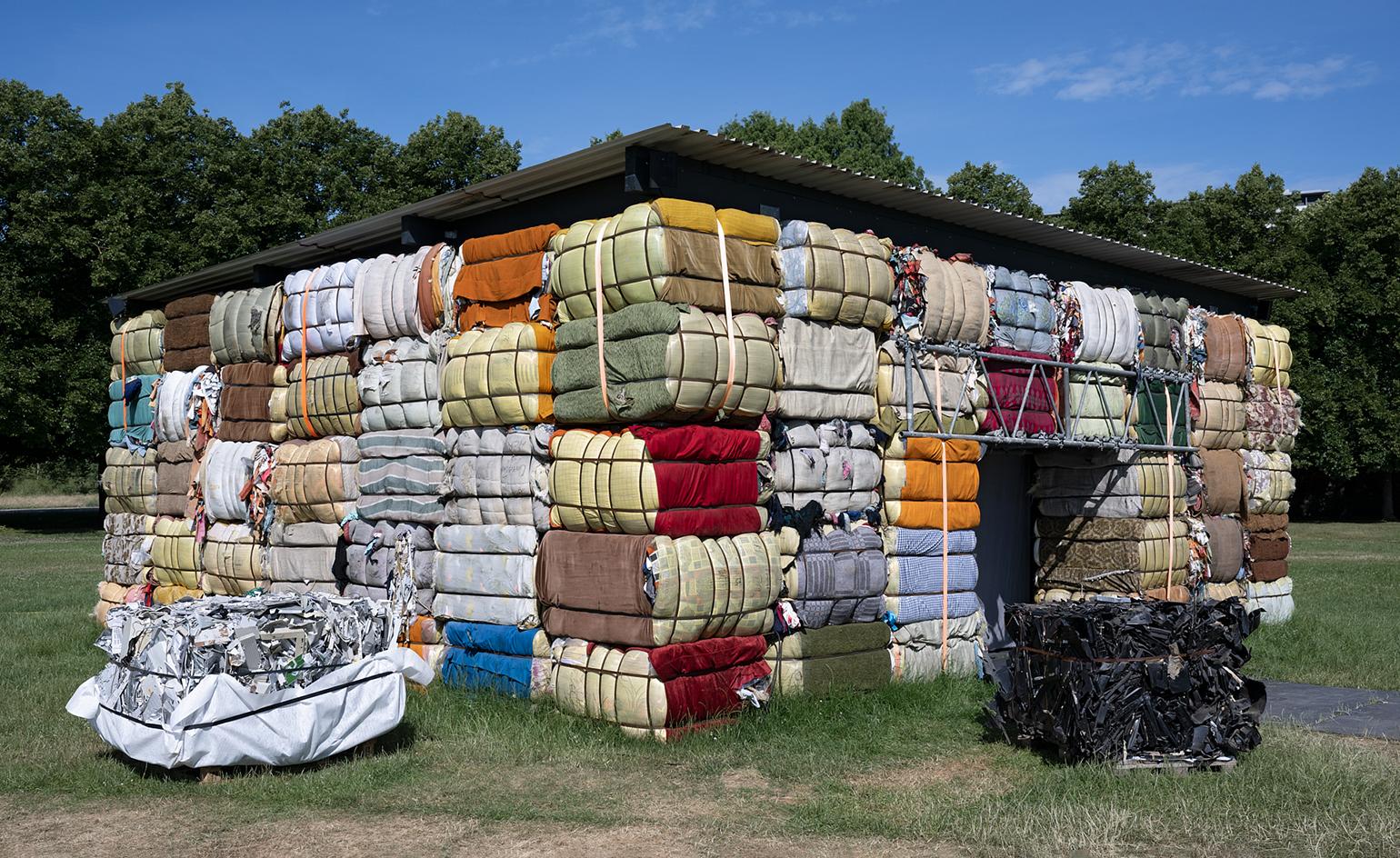 Documenta 15 review: social practice, controversy and food for thought
Documenta 15 review: social practice, controversy and food for thoughtMired in evolving controversy, Documenta 15 has raised critical questions about transparency, accountability and creative freedom. Emily McDermott travels to Kassel to explore how an edition filled with social practice art urges active participation and throws global power structures into sharp relief
-
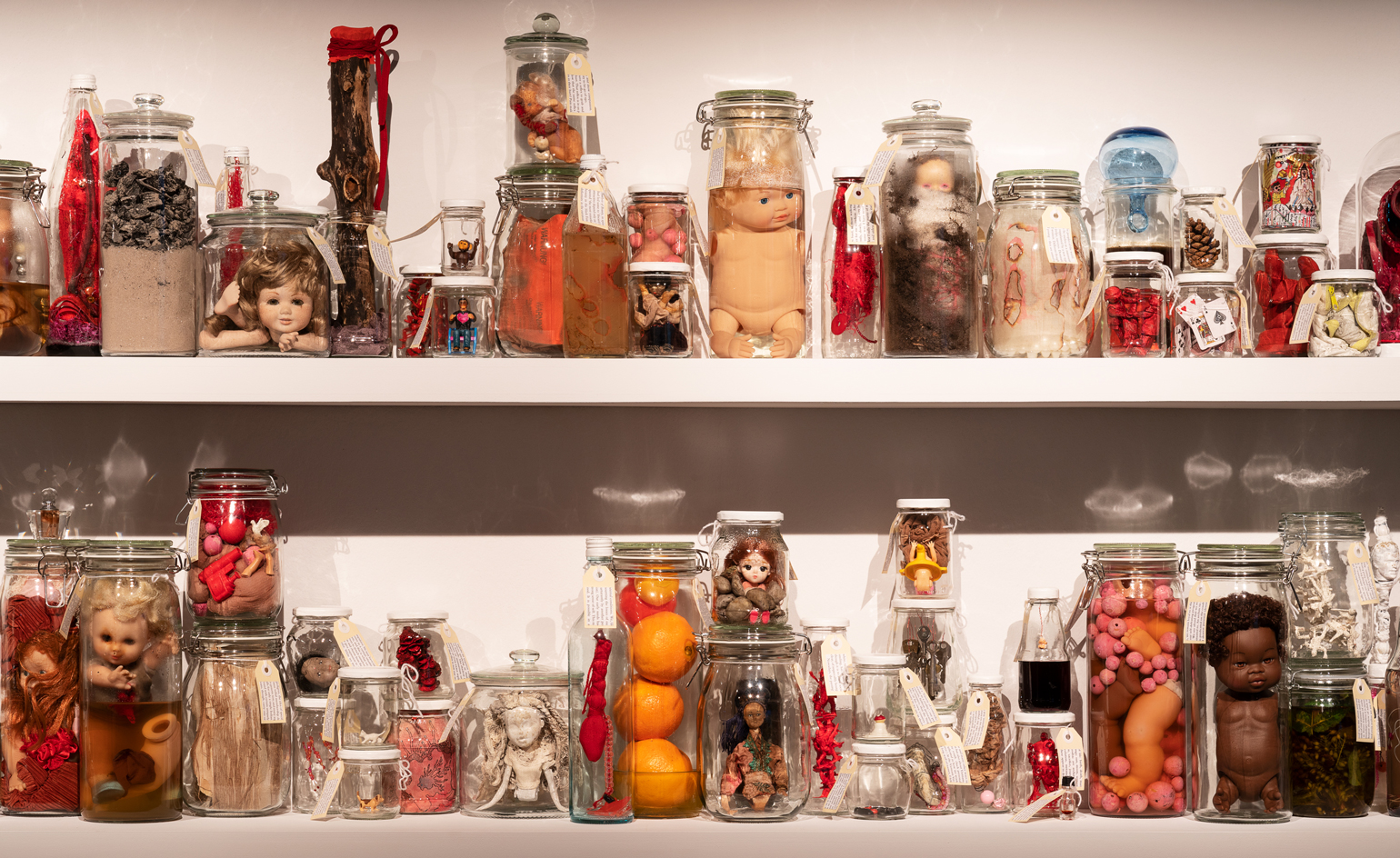 12th Berlin Biennale review: a fiercely political exploration of reparation and modern angst
12th Berlin Biennale review: a fiercely political exploration of reparation and modern angstAs the Berlin Art Week festivities enter full swing (14-18 September) it's the last chance to see the 12th Berlin Biennale curated by Kader Attia. It tells a poignant, sometimes-crushing story of globally interconnected histories and the angst of modernity